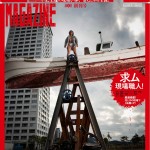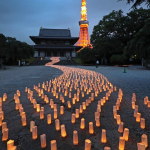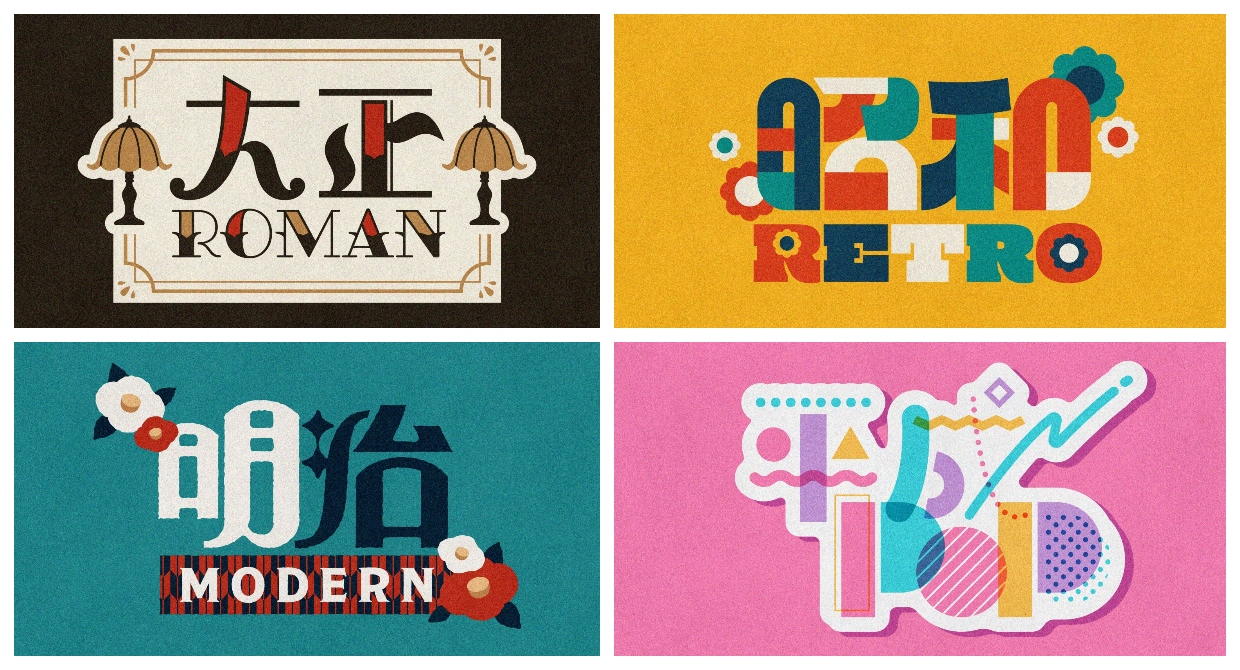
all images courtesy @q_micke
Japanese era names are called nengō or gengō and were first adopted in 645 AD. But they weren’t really used consistently until the end of the Edo period in 1868. Each have their own styles and aesthetics and although we have yet to see what the current era Reiwa has in store, a Japanese designer who goes by the name micke came up with a series of illustrations that imagines what the past era names might look like if they had logos.
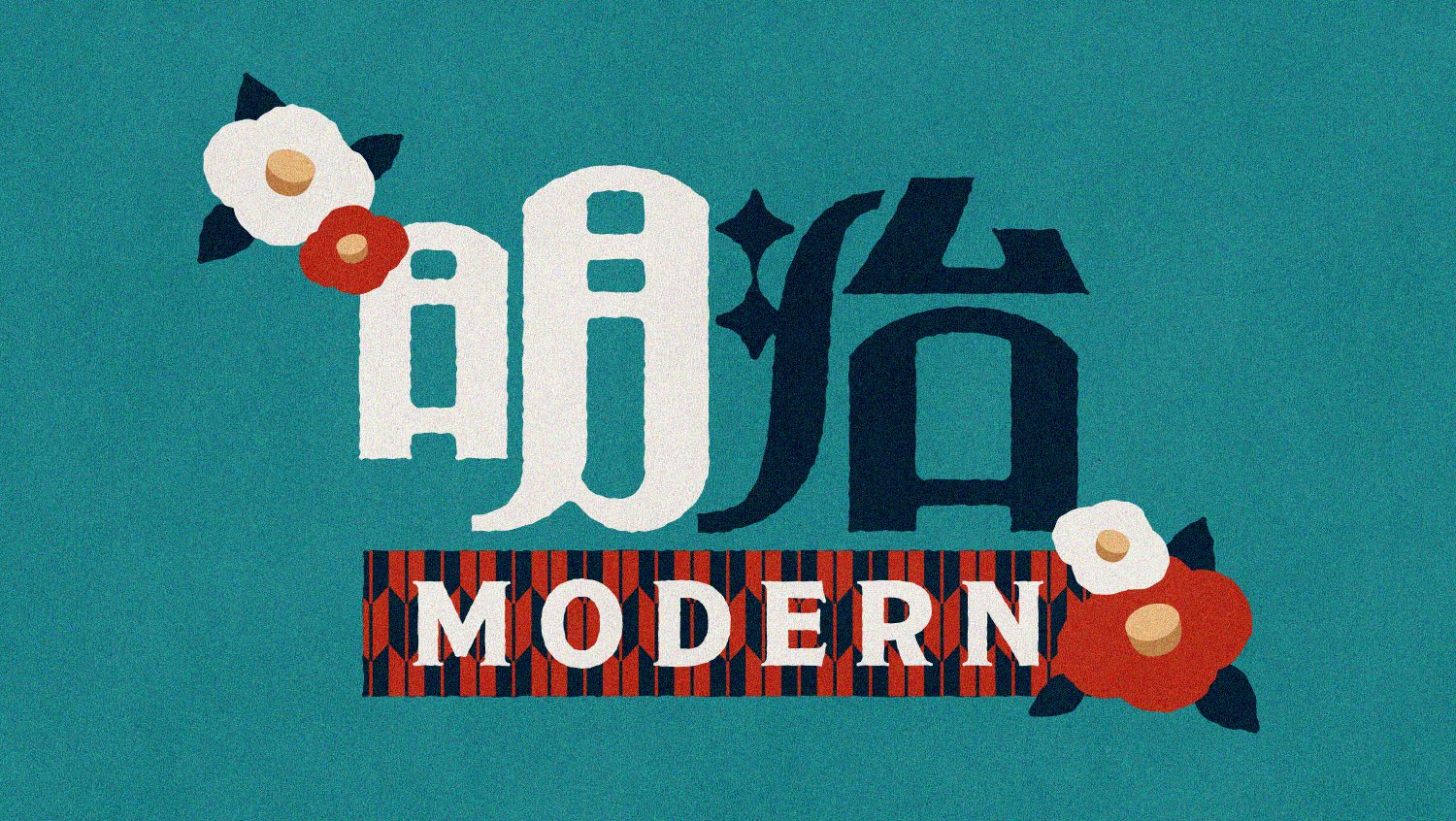
The Meiji (明治) era lasted 45 years from 1868–1912 and can be characterized by rapid modernization as Japan moved from an isolated feudal society to one that actively incorporated Western scientific, technological, philosophical, political, legal, and aesthetic ideas.
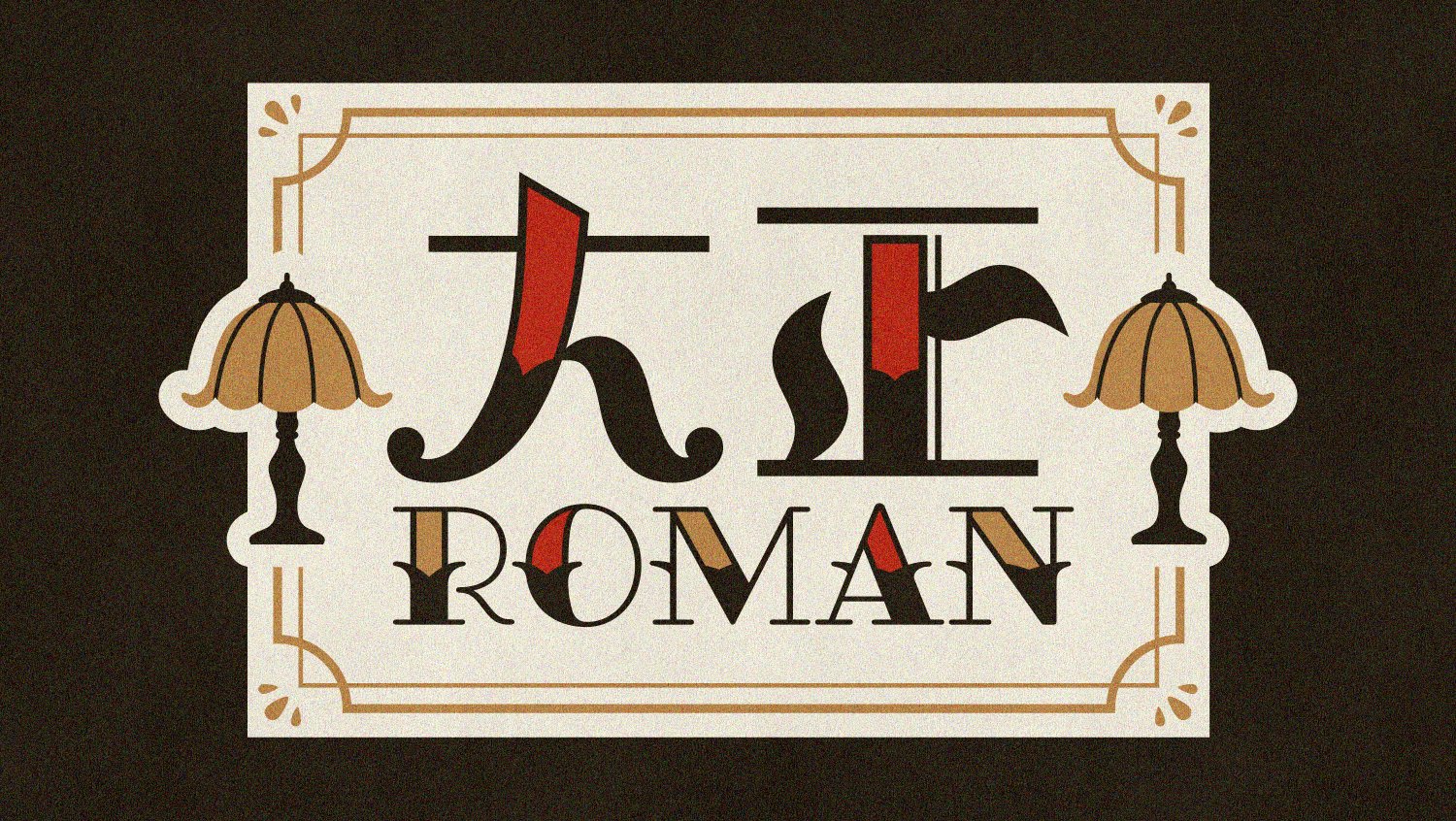
The Taisho (大正) era lasted just 15 years from 1912–1926 but its cultural impact was significant. Arts and culture flourished as a result of the opening to western influences and technologies, which gave way to a unique cultural trend called Taisho roman. Influenced by European Romanticism, it emphasized freedom of expression and individuality.
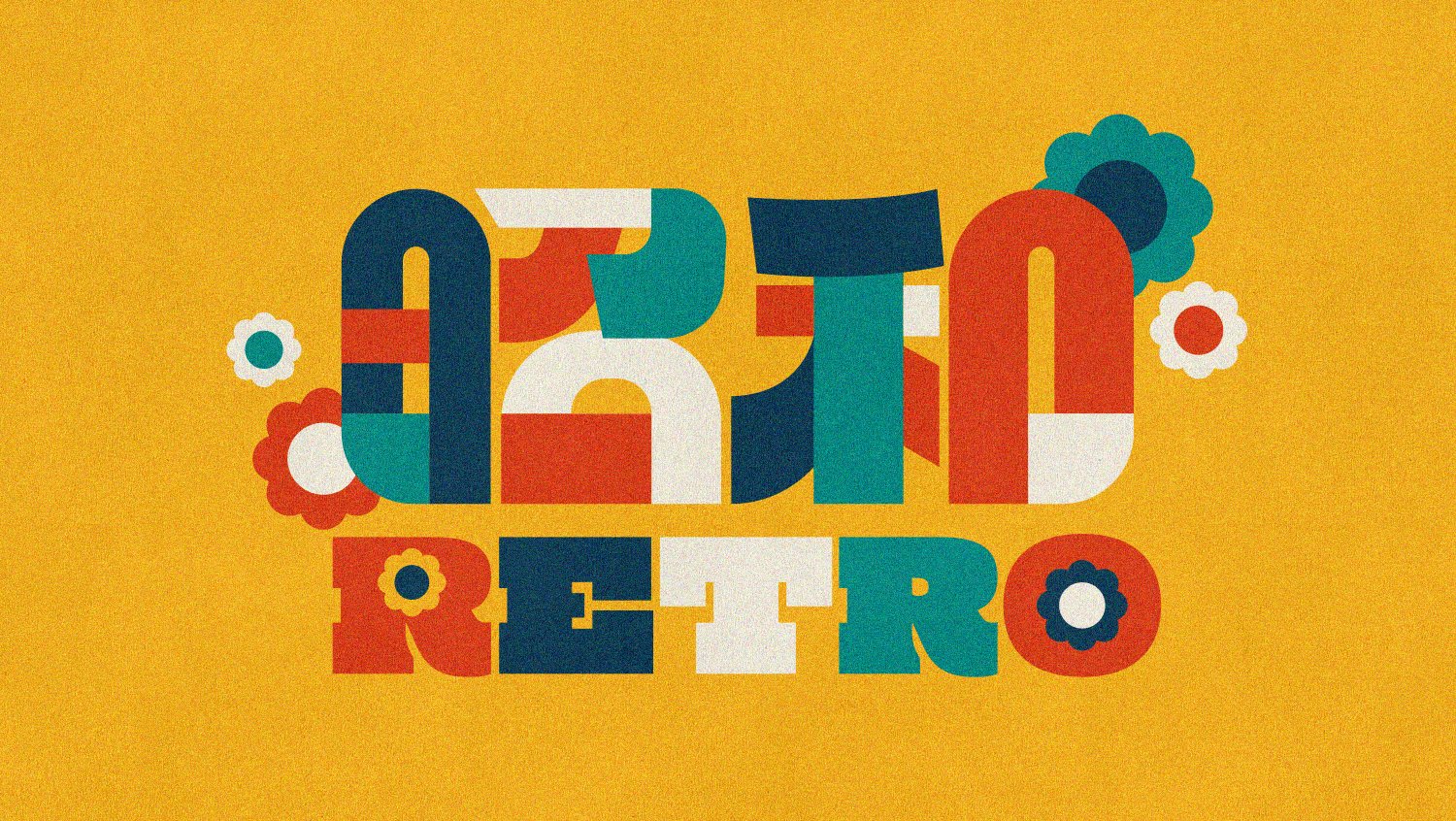
The Showa (昭和) era lasted the longest–64 years–from 1926 to 1989. Japanese arts remained strong but their significance fluctuated greatly as the nation experienced periods of nationalism, war and defeat. But from the ashes of war, the country crafted a post-war “economic miracle” that brought social, cultural and physical transformations, that made Japanese brands globally recognized and coveted.
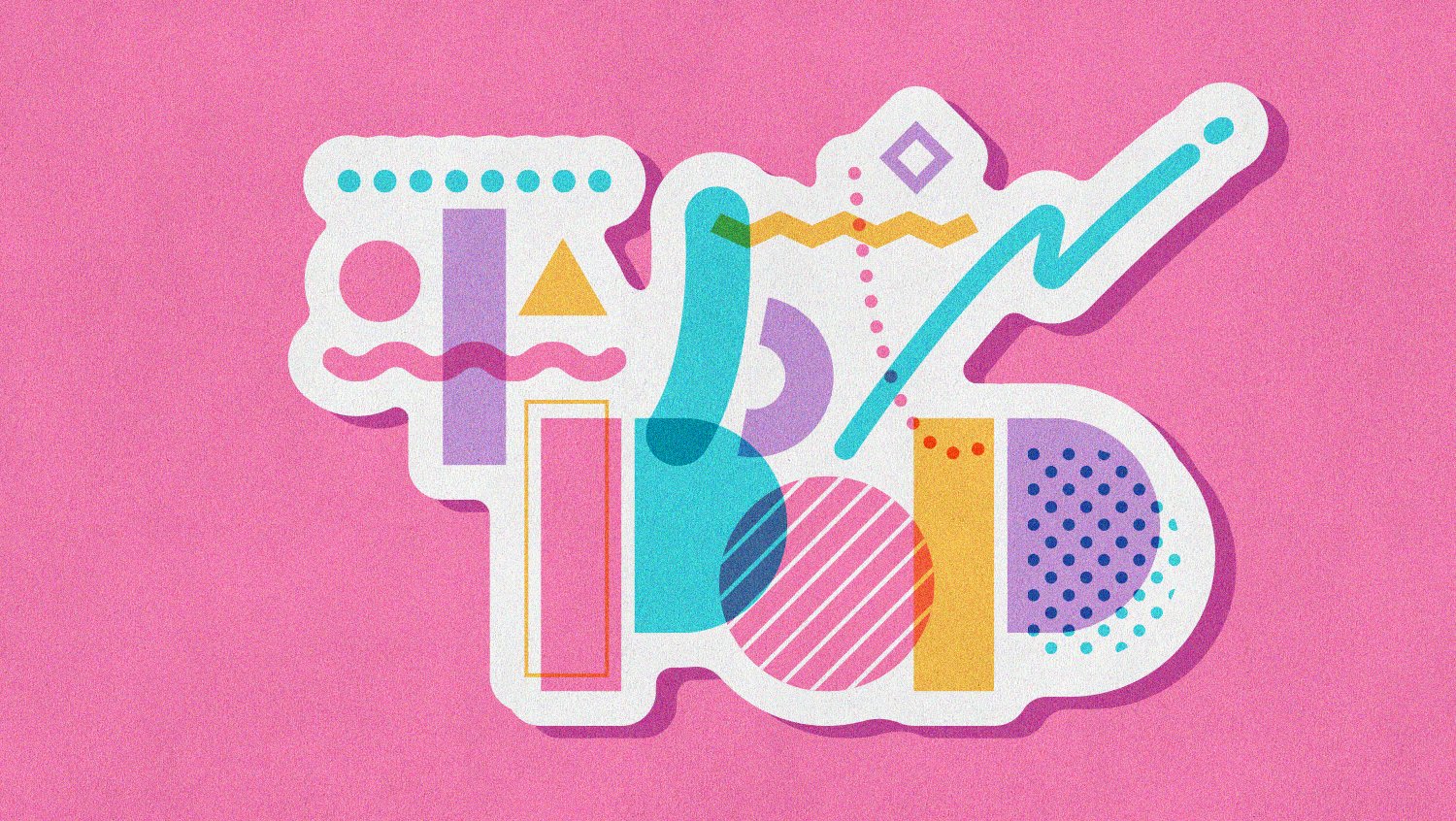
The Heisei (平成) era lasted 31 years from 1989–2019. It was a period of peace that allowed Japanese pop culture to thrive and even export itself overseas. Although the era began with the death of manga master Tezuka Osamu, it would have been hard to imagine at the time the influence that words like anime, manga and cosplay would go on to have on global culture.


